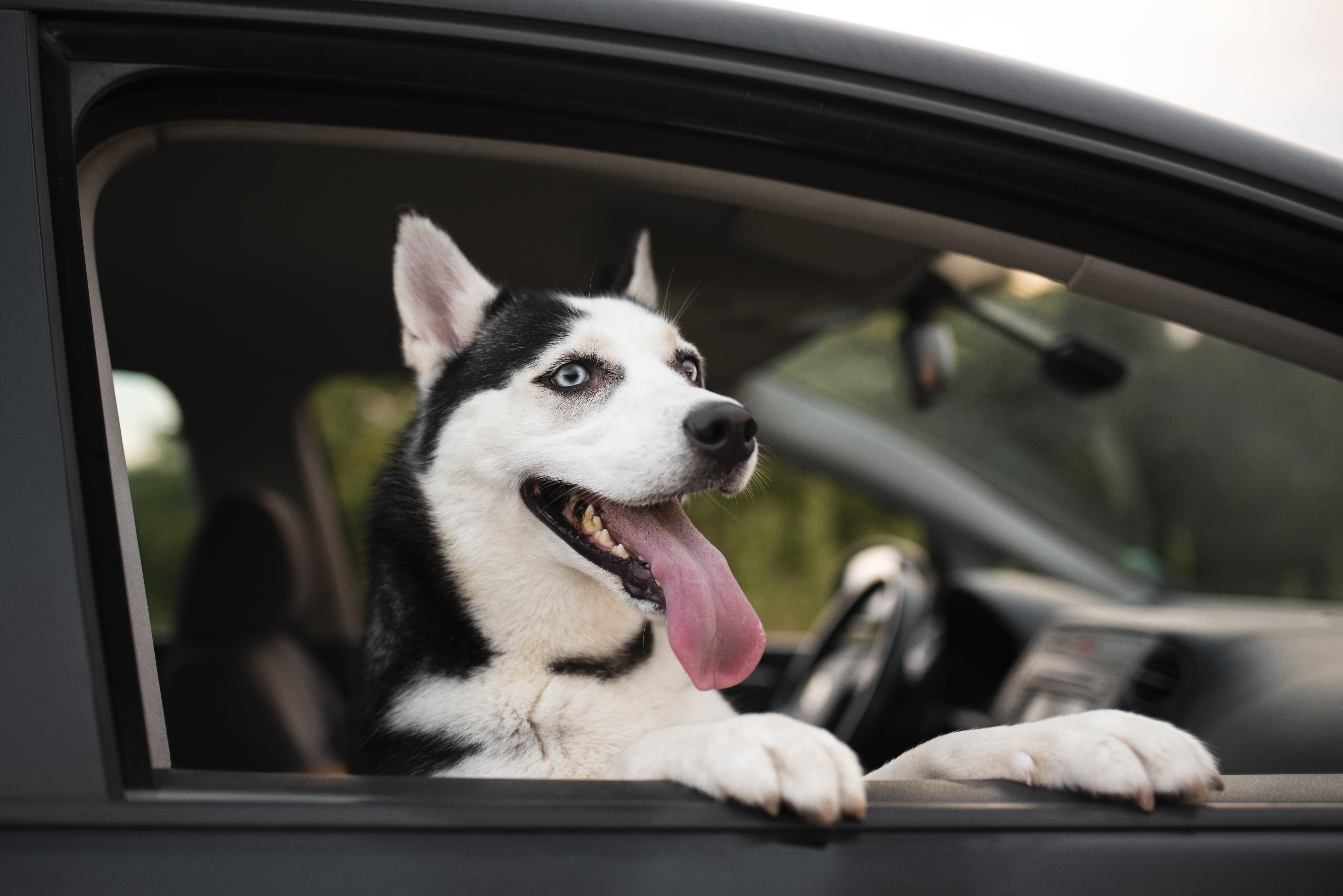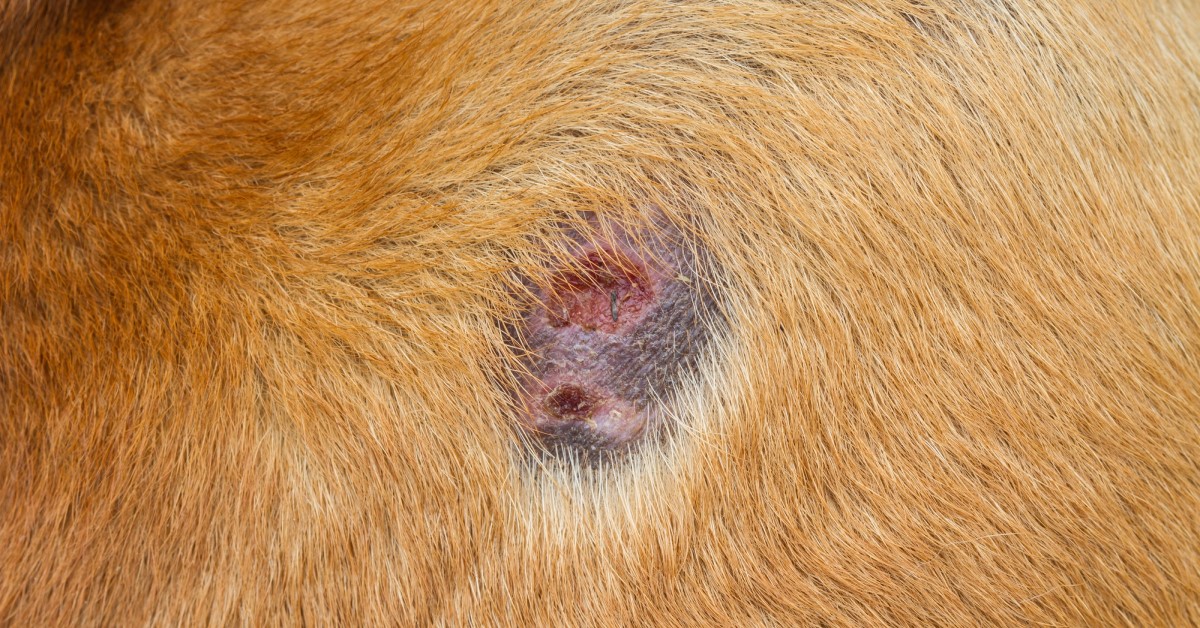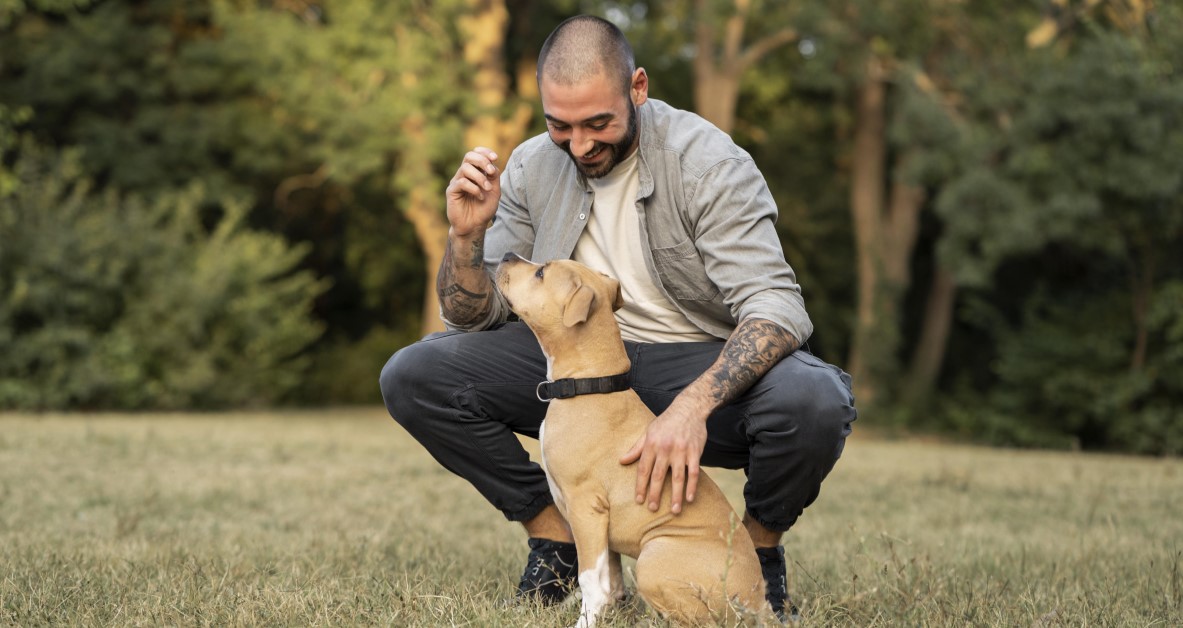Car Travel with Pets: Safety Tips for You and Your Dog
Traveling with your pet can be a memorable experience for everyone when pet owners take certain precautions.

Riding in a car can be an exciting adventure for pets. Dogs love exploring new smells and sights that differ from home. They also love spending time with their humans and feel more secure when their owners are nearby. In turn, pet owners can strengthen their bond with their pet and have the reassurance that their furry friend is being well cared for.
While traveling in a car is generally safe for most dogs, there are some precautions that pet owners will want to take before setting off. To keep your pet calm, comfortable, and secure on the road, follow these important car travel safety tips.
Car Travel Safety Tips for You and Your Pet
1. Release Pent-Up Energy
It can be hard for dogs to sit still in the car, especially when they have a lot of pent-up energy. If possible, allow ample time for your dog to release some of this energy before getting in the car. Take a long walk or visit the dog park for a game of fetch. It can also be helpful to schedule the car ride during a time that your pet usually naps.
2. Keep Your Dog Restrained
Some pet owners make the mistake of letting their dogs roam freely in the car. Not only can this lead to injury to the pet but can also pose a safety hazard for the driver if distracted. Airbags can also injure or even kill your pet if you get into an accident with the dog in the front seat.
The safest place for your pet during travel is restrained in the back seat. Consider using a pet seatbelt or place your dog in a carrier secured with a seatbelt or other type of anchor. The carrier should be large enough to allow the dog to stand up, turn around, and lie down.
3. Take Practice Trips
While some dogs love going for car rides, others become fearful or anxious when placed in a vehicle. If your dog exhibits fear or anxiety when in a vehicle, consider going on shorter “practice” trips before lengthier drives. Gradually increase the length of these shorter trips before progressing to long-distance travel. This will give your dog ample time to adjust to car travel.
4. Find Appropriate Pet Accommodations
If you are going on a lengthy trip, you’ll likely need to stop at a hotel to sleep. Unfortunately, not all hotels accept pets. When planning your trip, be sure to research hotels that accommodate pets. Carefully read through the hotel’s pet policy as many hotels have a maximum weight limit for pet entry and certain breeds may not be accepted.
5. Pack a Pet Travel Kit
In addition to packing your own suitcase, you’ll want to pack a pet travel kit that contains all of the essentials your pet may need while traveling. This should include items like food, water, bowls, medications, collar, leash, and waste bags. Potty pads can also come in handy if your pet is not completely potty trained yet. You’ll also want to bring along your pet’s important documentation, such as his ID and rabies vaccination.
6. Serve Scheduled Meals
It’s important to maintain your pet’s feeding schedule, even while on road trips. However, you don’t want to feed your pet in the car as this can result in car sickness. Ideally, you should feed your pet a light meal approximately three to four hours before leaving the house. While on the road, be prepared to stop on occasion to serve the next meal. After feeding your pet, give him 10 to 20 minutes to relieve himself outdoors before getting back into the car.
7. Never Leave Your Pet Alone in a Parked Car
Regardless of the season, never leave your pet alone in a parked car. During the warmer months of the year, your pet could suffer a heat stroke and possibly die if the temperature gets too high. In the colder months, pets are susceptible to hypothermia. When left alone in vehicles, pets can also become stolen.
8. Prepare for Emergencies
Before setting off on your travels, ensure that your pet’s identification and/or microchip are updated with the latest information, including your phone number. If you and your pet get separated during the trip, there is a greater chance that he will be safely returned to you if he has proper identification. You may also want to invest in a pet GPS tracker that can help you quickly locate your pet if he runs off.
9. Keep Your Dog’s Head in the Vehicle
While many dogs enjoy sticking their head out the window during car rides, this behavior can pose some serious risks to your pet’s health. Your pet could become struck by passing debris, could lose its balance and fall out the window, or could be thrown from the window in the event of an accident.
10. Ask Your Vet About Pet-Calming Products
Some pets will experience stress and anxiety no matter what you do to prepare them. For extra anxious pets, there are products on the market designed to calm or lessen anxiety. Before giving your pet any new medications or supplements, speak with your vet. For severe cases of anxiety, your vet may prescribe a medication that could help your dog during travel.
Safely Traveling By Car with Your Pet
Traveling together can be a great way to spend time with your pet and strengthen your connection. However, it’s important to be aware of certain risks. With proper planning and preparation, you can enjoy a stress-free adventure with your beloved pet.
Ready to start saving money on pet wellness care?
Then take a look at Mint Wellness, the pet wellness plan that provides fast reimbursement on routine pet care. Save on vaccinations, wellness exams, preventatives, dental, and more!
Learn More


